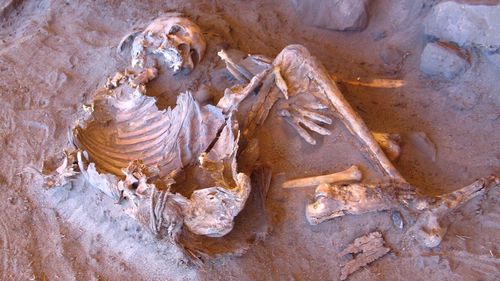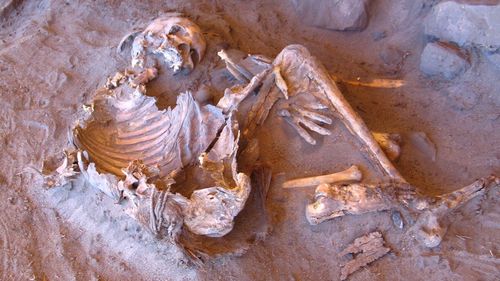Share this @internewscast.com
Now, scientists aiming to understand the origins of inhabitants of the “green Sahara” say they have managed to recover the first whole genomes — detailed genetic information — from the remains of two women buried at Takarkori.
In the distant past, the area was a verdant savanna with trees, permanent lakes and rivers that supported large animals such as hippopotamuses and elephants.

It preserves best in cool environments, not the extreme temperature swings of the world’s largest hot desert.
However, Ringbauer and his colleagues at the Max Planck Institute for Evolutionary Anthropology were able to extract enough DNA from the two mummies to sequence their genomes, a more complete set of genetic material that allowed geneticists to piece together information about a population’s ancestry, not just that of an individual.
“The whole genome carries the DNA for many of your ancestors,” Ringbauer said.
“As you go along the genome, you start seeing the different trees of your ancestors. One genome carries the stories of many.”














